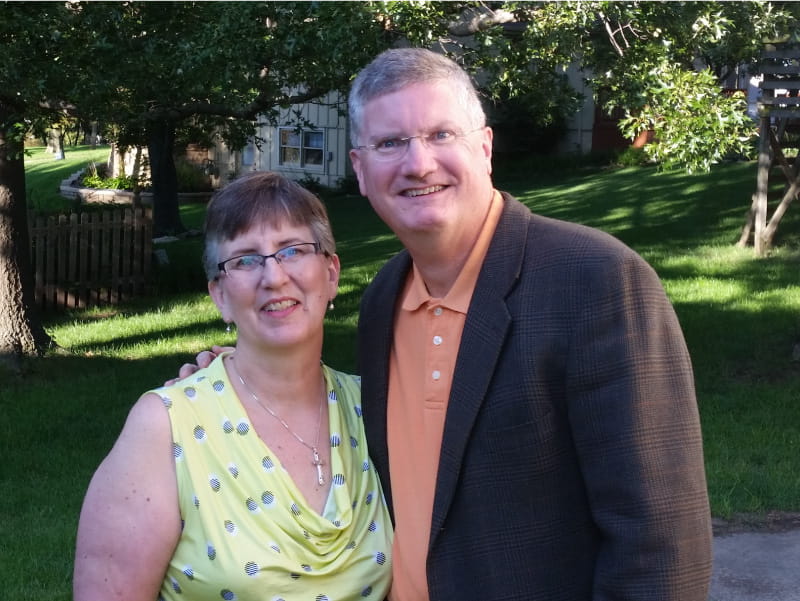Missouri woman puts her health first after AFib diagnosis
By American Heart Association News

Alice Hinrichs woke up feeling miserable. She was exhausted, nauseated and her left arm hurt.
She thought she was sick, so called her doctor’s office for an appointment. Instead, her doctor urged her to go to a hospital in case her symptoms were warnings for a heart attack(link opens in new window). There, she was stunned to learn she had several serious health problems: atrial fibrillation, pulmonary hypertension and an enlarged heart.
“I just thought I was sick,” said Hinrichs, a 56-year-old finance manager from Gladstone, Missouri. “Even when they told me my heart was out of rhythm, I couldn’t sense any difference.”
Her early diagnosis of atrial fibrillation, or AFib, was crucial. Left untreated, the condition marked by an irregular heartbeat increases the risk for stroke by five times. But early detection and treatment can help prevent stroke, said Dr. Patrick T. Ellinor, a cardiologist and director for the Cardiac Arrhythmia Service at Massachusetts General Hospital.
“Unfortunately, some people show up with a stroke and that is when AFib is detected,” Ellinor said.
AFib affects more than 2.7 million Americans. It occurs when the upper chambers of the heart beat irregularly, preventing it from efficiently moving blood to the lower chambers. September is Atrial Fibrillation Awareness Month, when health care providers try to make people aware of the condition and the importance of early detection.
As for Hinrichs, she was greatly relieved to have her condition detected in July. She had noticed she got tired more easily in recent years.
“I just figured it was because I didn’t work out regularly,” she said.
While the most common symptom for AFib is a quivering or fluttering heartbeat, some people have no symptoms. Other symptoms include fatigue, heart palpitations, shortness of breath, dizziness and sweating.
Risk factors for AFib include high blood pressure, underlying heart disease, family history and binge drinking. Athletes and those with chronic conditions such as thyroid problems, diabetes, or asthma may also have increased risk. The risk of developing AFib increases with age – affecting about 9 percent of people over age 65. People over 70 are more likely to not have symptoms, Ellinor said.
Working to avoid a stroke is important to Hinrichs – especially considering her husband survived one in 2014.
While trying to relocate to the couch to escape his wife’s snoring in July 2014, Kurt Hinrichs noticed he couldn’t move his right arm and hand. He collapsed as he tried to walk, waking Alice. She called 911 and Kurt was rushed to a nearby stroke center, where he was given clot-busting medication and underwent a procedure to remove the clot.
Within 36 hours of his stroke, Kurt had made almost a full recovery. Today, he exercises regularly and tries to maintain a healthy diet and weight to reduce his risk for another stroke. Doctors initially suspected AFib may have triggered his stroke, although an implanted heart monitor has never detected the condition.
AFib treatment is typically medication, but may include medical procedures to stop the electric signals causing an irregular heart rhythm.
Hinrichs underwent a procedure to close an appendage in her left atrium to reduce the risk of clots, in an effort to reduce her need for blood thinners. She takes medication to keep her heart from racing and reduce water retention, and she’s working with specialists to treat her other conditions.
Hinrichs made changes to her diet to focus on heart health and is trying to work more exercise into her routine. MyAFibExperience.org(link opens in new window) has information about the condition, a community forum and tips for making lifestyle changes.
“I realize now how important it is to be aware of my body and take care of myself,” she said. “We’re taking things one day at a time and working with doctors to see what’s next. This is a lifelong condition, so I know I need to be monitoring what’s going on and follow up if anything changes.”
If you have questions or comments about this story, please email [email protected].





